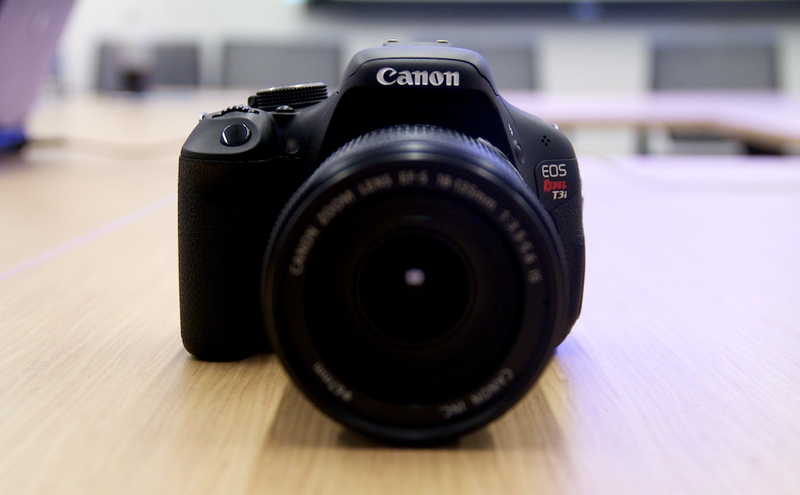


You do at least get a bulb mode and conventional remote release function with burst shooting capability, along with a display backlight and optional button beep feedback. It’s a pity there’s no exposure ramping options for changing lighting conditions, but it’s an understandable omission at this price. You can program sequences up to 100 hours long and repeat them.
#CANON T3 TIME LAPSE TOOL MANUAL#
Phottix’s button layout and menu interface aren't the most intuitive though, so don’t discard the manual in over exuberance, as it will be required to decipher the various timelapse and shutter release options. Five cables are included, so you can connect to most Canon and Nikon DSLRs, along with some Sony cameras. The wired link also keeps power consumption down, resulting in a huge 300-hour battery life from two AAAs. However, this needn’t be a deal-breaker as the Taimi can be pre-programmed with a timelapse sequence, so once you’ve dialed in your preferred parameters, you can leave the device to do its thing. This is one of the cheaper programmable remotes on the market, but as it is wired remote its versatility is limited. This will allow it to be used with the same selection of additional cameras listed in the previous entry. Just like the RS-80N3, this remote allows you to expand its compatibility by purchasing the RA-E3 adapter. It’s simple to use, with a switch that cycles between the four main operating modes, a start/stop button, LCD display illumination switch and jog control for altering the settings. It also works as a straightforward remote control, with the same basic functions as Canon's RS-80N3 camera remote, even with no battery fitted. Connecting to compatible cameras like the EOS 5D IV and 7D Mark II (opens in new tab) via a three pin plug, the unit’s features include a self-timer, long-exposure timer, interval timer and the option to set the number of shots in a sequence. Pricey compared with similar controllers from other manufacturersĭespite being a wired rather than wireless controller, the TC-80N3 still requires a single CR2032 battery to power its LCD display and all-round cleverness. This can be especially good for shooting time-lapse videos.
#CANON T3 TIME LAPSE TOOL BLUETOOTH#
Different releases use different triggering methods: some are cabled physically to the camera, others are wireless infra-red, and others use more advanced wireless systems like radio frequency, Bluetooth or Wi-Fi – extra-useful as they don't require direct line of sight.ĭedicated remote releases also often include more advanced features, such as an intervalometer timer to automatically fire the camera multiple times for a successive burst. While there are plenty of camera triggering apps out there, a good remote release is a much more reliable solution, one that isn't dependent on an unreliable smartphone battery. Being able to trigger a camera remotely also lets you move away if you want to avoid casting a shadow, or helps you keep a distance from skittish wildlife. Physically pressing the shutter button can cause tiny vibrations in the body, which can compromise an image in situations where focusing is extremely precise, such as macro photography, or in situations where an image can be affected by motion blur, like long exposures. The best camera lens cleaners (opens in new tab)Ĭamera remotes have all sorts of use cases.The best camera wrist straps (opens in new tab).The best flash triggers (opens in new tab).Morphokinetic assessment together with chromosomal screening may ultimately help identify euploid embryos with the highest developmental potential. Furthermore, morphokinetic parameters can aid in differentiating between euploid and aneuploid embryos, although they are not sufficiently accurate to replace preimplantation genetic testing for aneuploidy. TLM can enhance conventional morphological assessments to improve embryo selection and subsequent reproductive outcomes. Nevertheless, it should be recognized that conventional morphological assessment has been widely accepted as the gold standard by most embryologists. TLM detects several morphological phenomena that are often missed with static observations using conventional incubators, such as irregular divisions, blastocyst collapse and re-expansion, timing of blastocoel appearance, and timing of formation and internalization of fragments. This non-invasive objective assessment of embryos has provided a new tool for predicting embryo development and implantation potential. Time-lapse microscopy (TLM) is an exciting novel technology with great potential for enhancing embryo selection in the embryology laboratory.


 0 kommentar(er)
0 kommentar(er)
